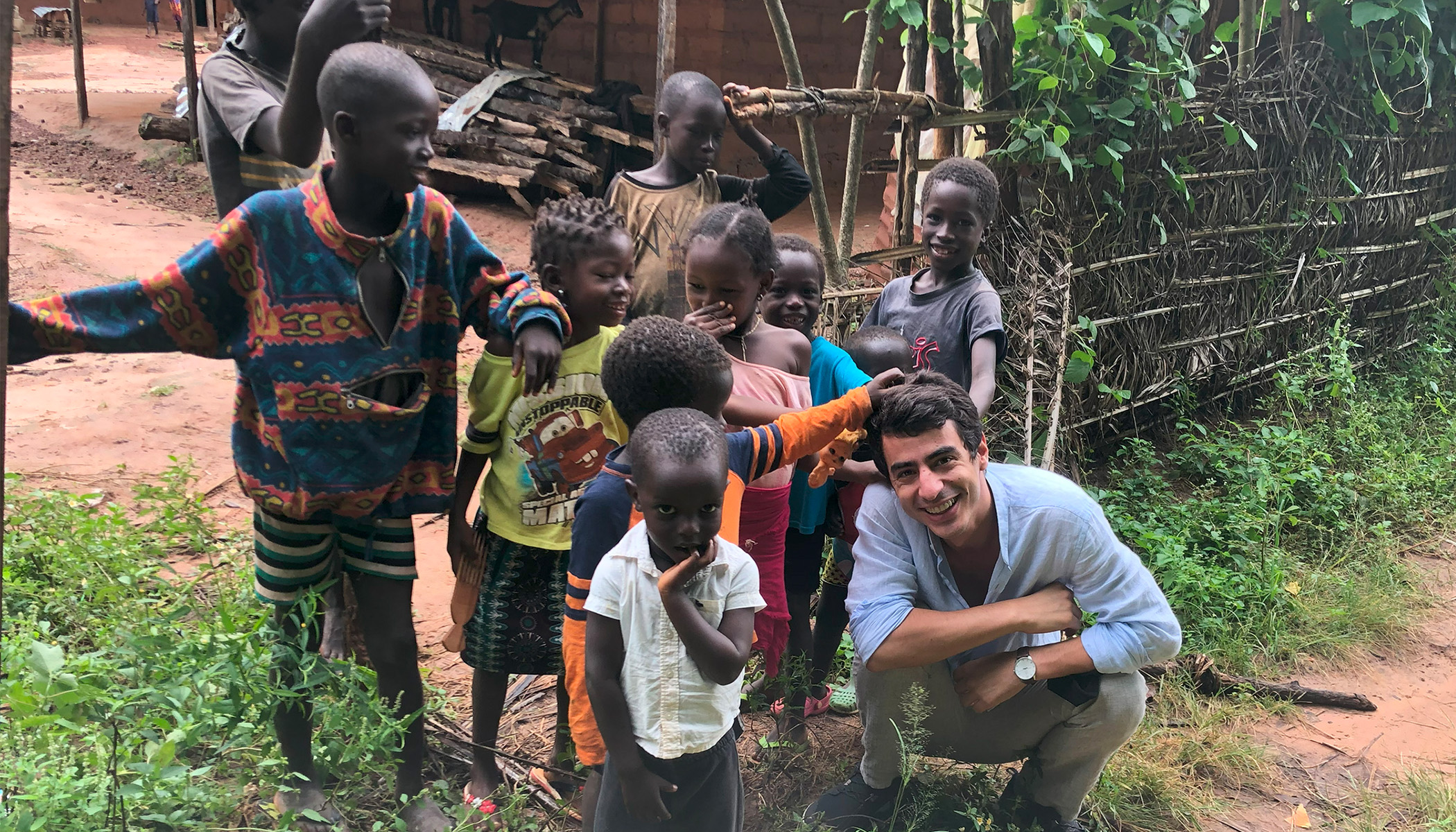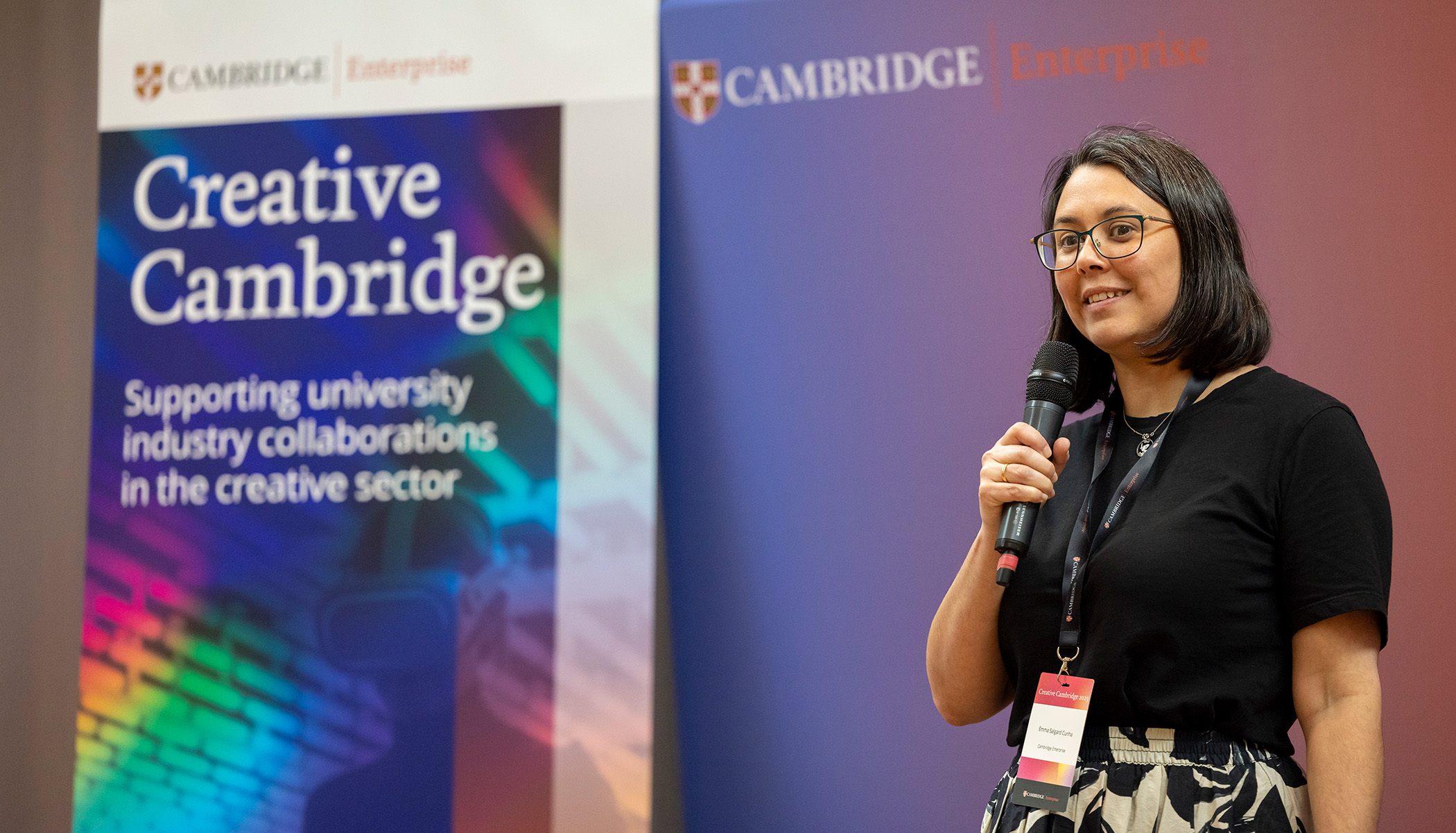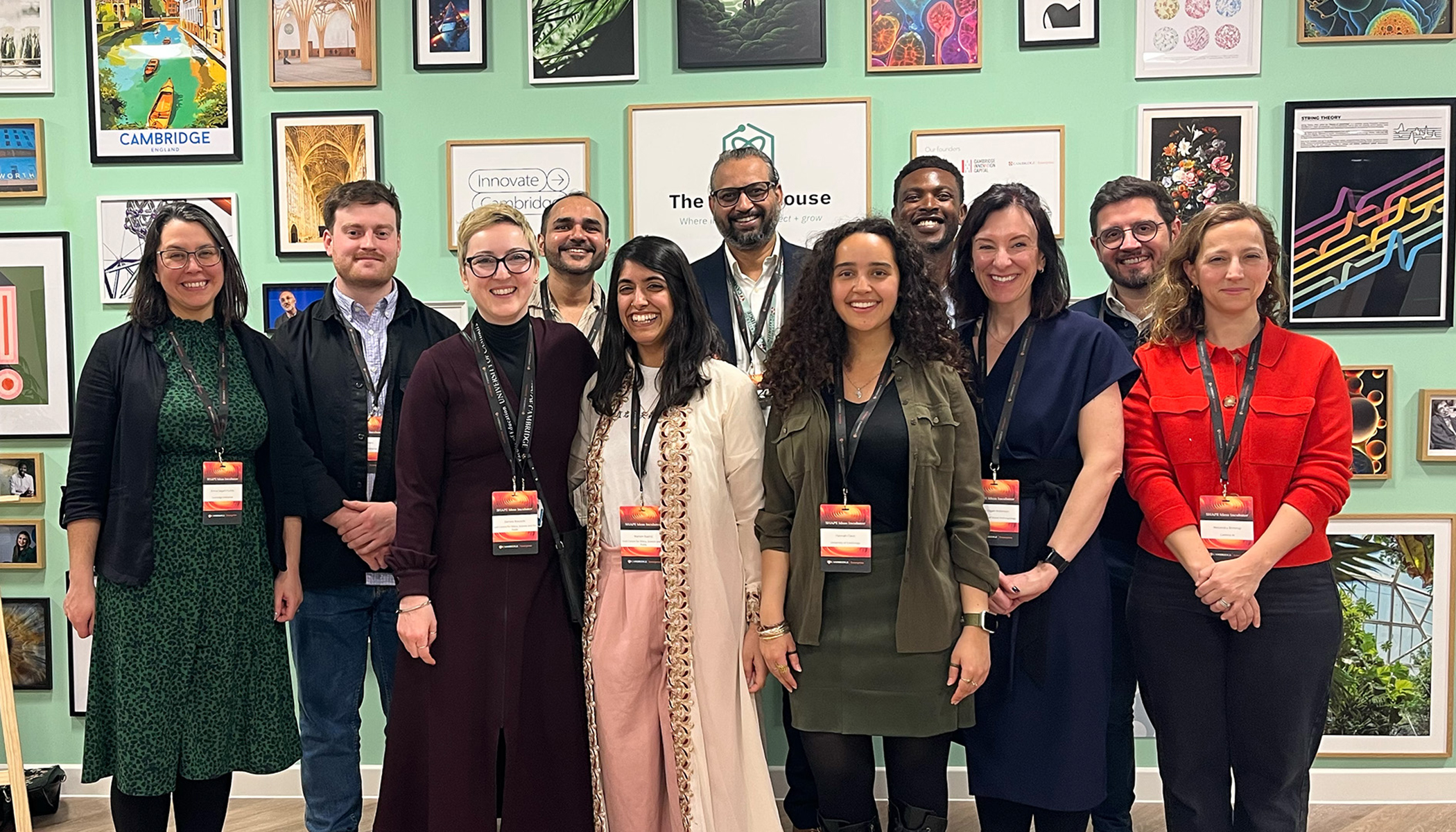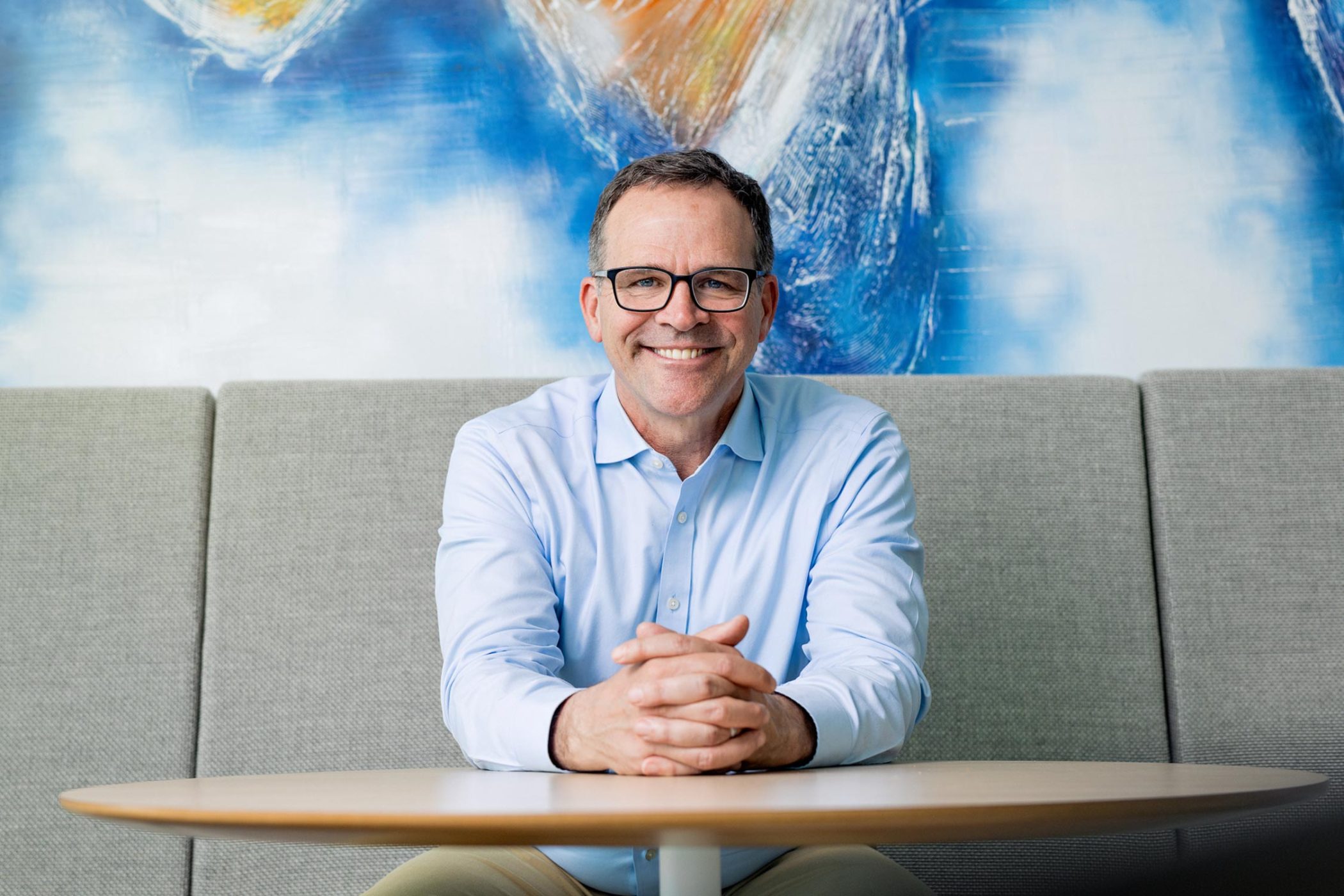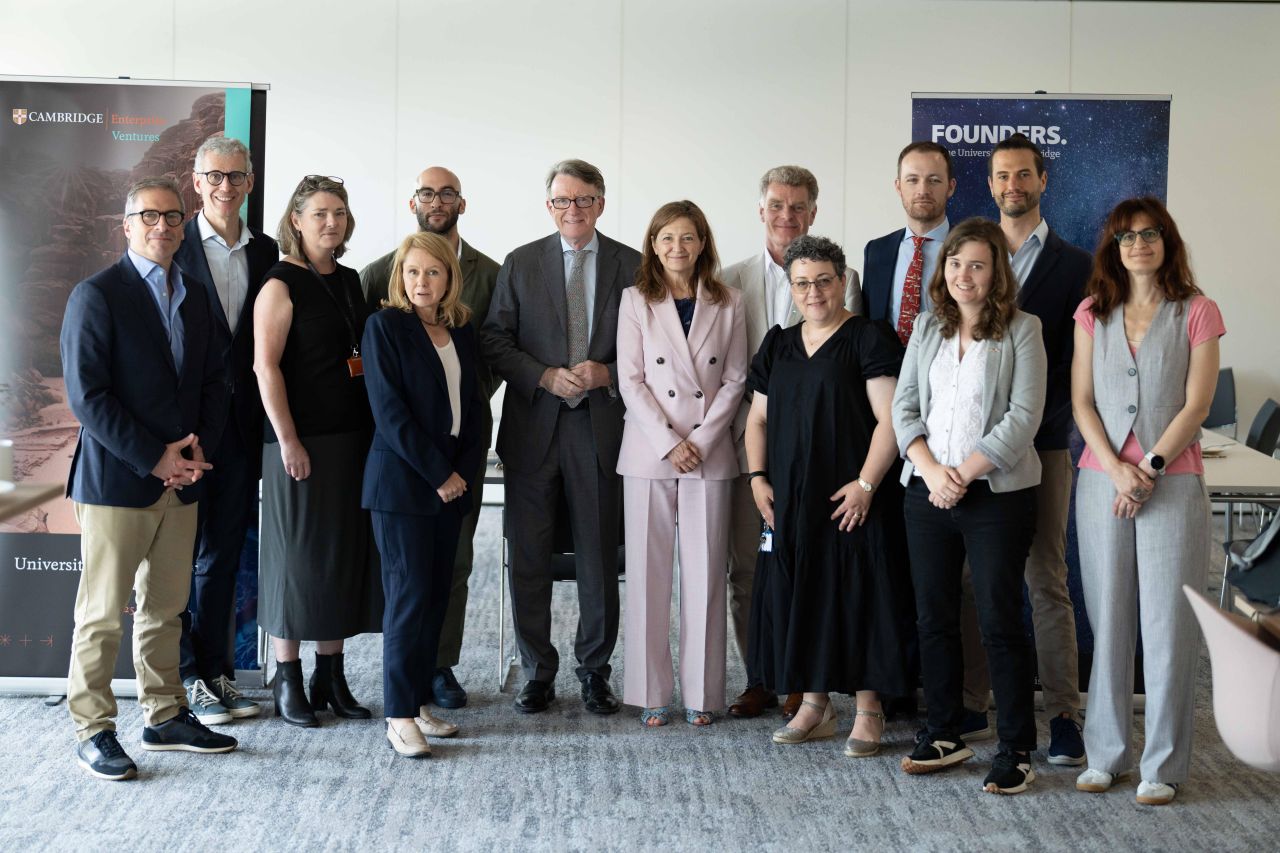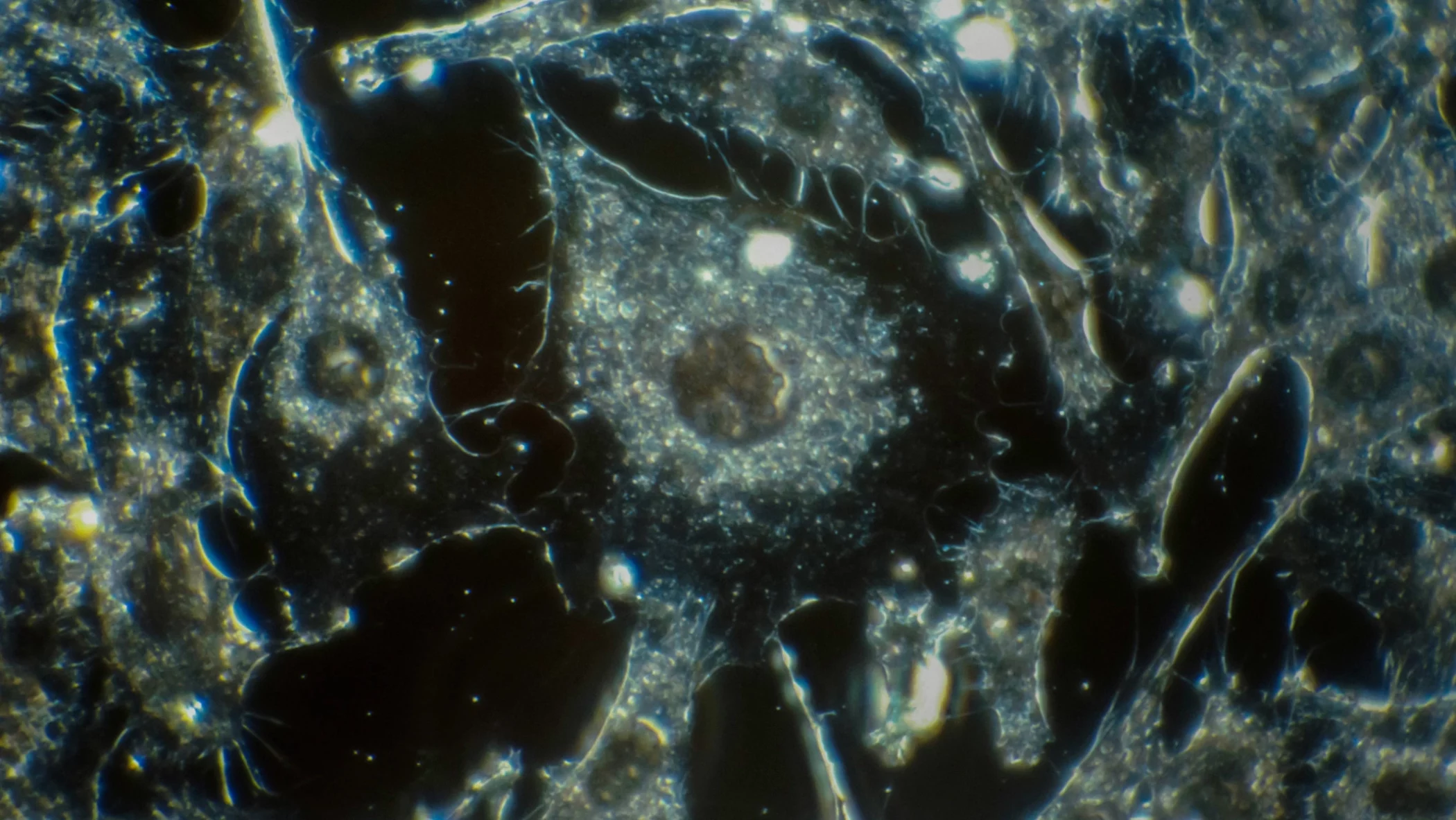In this entrance in the Enterprising Mind series, João Costa has turned a philosophical idea into a practical tool for resolving real-world conflict.
The Enterprising Minds series, developed by Sarah Fell with the help of Bruno Cotta, Visiting Fellow & Honorary Ambassador at the Cambridge Judge Business School, explores the different journeys of people trying to change the world and what it takes to bring ideas to life.
WHO?
For his PhD at Cambridge, João Costa took a philosophical idea and turned it into a practical tool for resolving real-world conflicts.
WHAT?
Reconciling warring villages in Guinea-Bissau using an intervention co-led with villagers to improve social cohesion, community resilience and wellbeing.
WHY?
To give communities affected by violence a quick and effective way of resolving their differences – and transforming their lives.
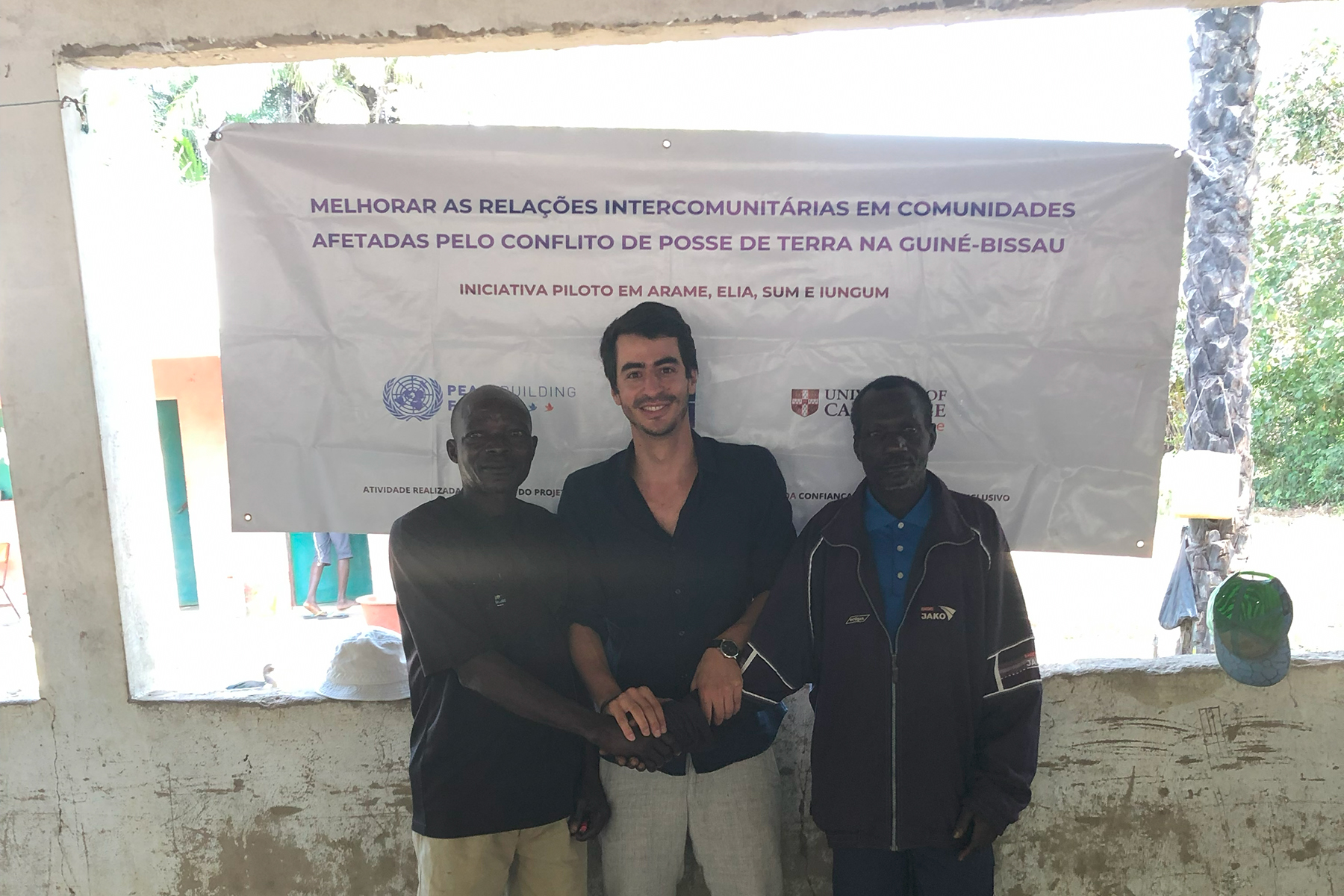
You studied law as an undergraduate. Was that part of a career masterplan?
Not at all. I did humanities in high school and it seemed like a logical path. I was always interested in the criminal justice system, why the state is allowed to punish people and how that relates to individuals’ rights. I guess I like academia so I thought I may end up teaching. I never saw myself becoming a corporate lawyer.
How did you come across the idea that you would go on to champion?
I had the opportunity to spend a couple of months at Harvard and I chose to take a political philosophy course. It was there that I started to learn more about John Rawls, his theory of justice and, in particular, his Veil of Ignorance (VOI) idea.
What exactly is that?
Put simply, Rawls imagines that if citizens are able to shed their own characteristics – for example, their gender, age, social and economic status – and talk to each other as if they are behind a ‘veil of ignorance’, they will choose outcomes that benefit everyone, not just themselves.
The theory made so much sense to me. And it sowed the germ of an idea which led me to apply to Cambridge to do an MPhil at the Institute of Criminology. I wanted to see if I could put the theory into practice.
Had anyone else attempted this before?
There have been a few studies which have tested the theory but only in laboratory settings, not involving real people, in real life.
So you jumped right in?
I had been thinking about Rawls’ ideas of justice, particularly in relation to prison settings. When prisoners first arrive in prison, they are all in the same boat: they have all been deprived of many of their freedoms and they have very few resources they can access.
It seemed like the ideal context in which to test the veil of ignorance theory. I wanted to find out if prisoners could find some principles of justice that would be applicable to all of them, regardless of their crime, the length of their sentence, their ethnicity, their religious background or any other defining characteristics.
I asked prisoners to imagine they were entering prison not knowing what conditions they were going to be living in, how long they would be there for or whether they were going to make friends. Having imagined that, I asked each of them to come up with one idea that would make life better for anyone about to walk through a prison door.
How did that go?
I was astonished at how quickly they found consensus on core ideas around autonomy and respect.

And did the process lead to change?
At the time, it was still more of a theoretical exercise to see if it would work. But I did use it to make policy recommendations and doing it gave me confidence that it was workable in real-world settings.
Then what?
After finishing my MPhil I became involved in humanitarian, development and peace work, initially working for the International Committee of the Red Cross in Colombia, dealing with guerrilla leaders and local conflict in rural areas.
I started consulting on peace and security and saw how teams on the ground were often unable to put policies into action because they lacked rigorous theoretical models. The way they evaluated outcomes was also hindering the effectiveness of interventions.
I thought there had to be a better way of doing things – and then it clicked. Why don’t we use the VOI idea in small, rural communities to help improve social cohesion, community resilience and wellbeing? That idea essentially turned into my PhD.
That sounds like a very exciting idea but difficult to do, I imagine?
Definitely. It was a very ambitious project. As a researcher, you can’t just storm into sensitive and violent settings. I knew I was going to need a partner and the odds were not in my favour. I went to a lot of conferences and had a lot of Zoom calls.
How did that go?
I felt people were excited and understood the idea and how innovative it was but it was very hard to get anyone to sign up to it.
How did you solve the problem?
By getting Cambridge Enterprise (the University’s technology transfer arm) involved. To say they played a pivotal role in making it all happen is an understatement. The moment they came on board, everything changed. Instead of asking prospective partners to work with a random researcher, we were asking them to work with the University of Cambridge, which in this case would be represented by me.
I never thought of myself as an entrepreneur until it was pointed out to me that I was essentially creating a start-up.
Having Cambridge Enterprise’s backing made all the difference and unlocked funding and support from the United Nations Development Programme (UNDP) in Guinea-Bissau.
UNDP had been working in the country for decades and were aware of two pairs of neighbouring villages, both of which were embroiled in violent confrontations arising from land disputes. In both cases, the violence had led to a number of deaths and everything that entailed: the destruction of positive social relationships, increasing scarcity of resources and, hence, further violence.
“There was a preliminary phase of consultation with the villagers to explain the process and find out if they want to take part or not. At the end of the day, it's their decision.”
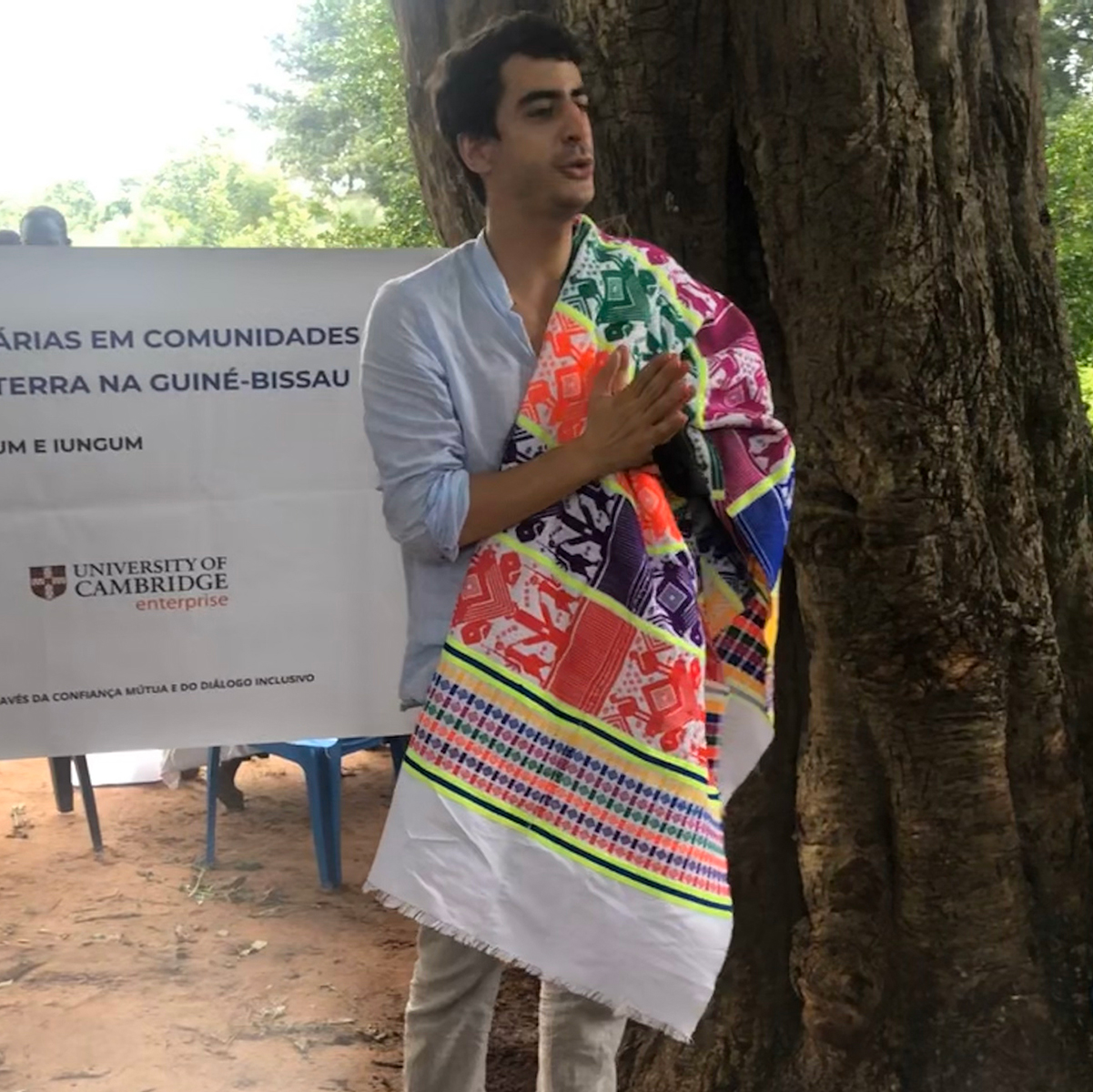
UNDP thought it would make sense to try the VOI approach in both cases. We weren’t going to decide who the land belongs to but to help them solve their own issues and, hopefully, improve their wellbeing.
These were neighbouring villages which prior to the dispute used to have regular social gatherings. They are very rural communities with little access to any kind of resources so the sadness these communities felt about the conflict was compounded by lack of food and money. It was a really tense situation.
How do you set about the process?
There was a preliminary phase of consultation with the villagers to explain the process and find out if they want to take part or not. At the end of the day, it’s their decision.
Because UNDP had worked with the communities in the past, they were able to go and explain, and we were granted access.
The core elements of the project were locally led. This was absolutely not me coming in and imposing my views on what is a good way to live.
Once they had agreed to the intervention, the first phase of the VOI included meetings with each of the villages separately to better inform them about the project, manage their expectations and create indicators of success. In other words, we sought to understand what peaceful coexistence meant to them in their daily lives and used these ideas to create a survey.
Then the villagers share stories about how the conflict has affected their lives. They start to put themselves in each others’ shoes and then we move on to the core of the exercise.
We asked them to imagine they had come there not knowing if they live in Village A or Village B. We then ask them to quickly (and hence intuitively) come up with two things they believe would improve the lives of everyone in both villages.
We had around half an hour to find consensus – and we did. In all the groups, the ideas were incredibly similar. We had maybe 14 or 15 ideas to start with and then we asked them to choose two which everyone can rally around.
“You came here not to decide whose land is whose but you helped us figure out a way for us to come back together.”
Part of the project was to offer them a relatively small amount of money ($2,500) which they could decide to spend on something that would help them rebuild their connections. What that would be emerged from the consensus achieved in the VOI exercises: the ideas that most groups selected were the basis for the socioeconomic interventions that followed.
In one of the pilots, the communities decided that they wanted to start having village gatherings again, specifically a football tournament for the men and boys and a dance festival for the women and girls. And they wanted to rehabilitate the rice fields they had stopped cultivating as a result of the dispute.
We sponsored the football tournament, provided food and drink for the dance festival and we brought in an engineer to analyse the rice fields. He showed the villagers how they could rebuild the dams themselves and we paid for irrigation pipes.
The villagers then set up a joint committee to make sure it all happened.
When I went out there it was incredible to see what they had done. For instance, they had decided that the football teams would not be Village A versus Village B but mixed teams from both villages in order to strengthen the bonds between them. When I went to the rice fields, two village elders were working side-by-side rebuilding the dykes.
How successful was it?
You have to have a large dose of realism when talking about fragile, conflict-torn settings. They can be very volatile and things can change very quickly. Having said all that, the results surpassed my expectations.
One of the projects has resulted in a total re-set of the villagers’ relationship. A year on, I’m still receiving regular messages from them, telling me it’s all going well.
Prior to that, they had been grieving their losses but were also in a state of confusion as to how they had arrived at that point.
They told me: “You came here not to decide whose land is whose but you helped us figure out a way for us to come back together. From now on, our enemy is not each other but the famine we are facing.”
"Find people who want to do it with you. If you try and do it all on your own, it's lonely."
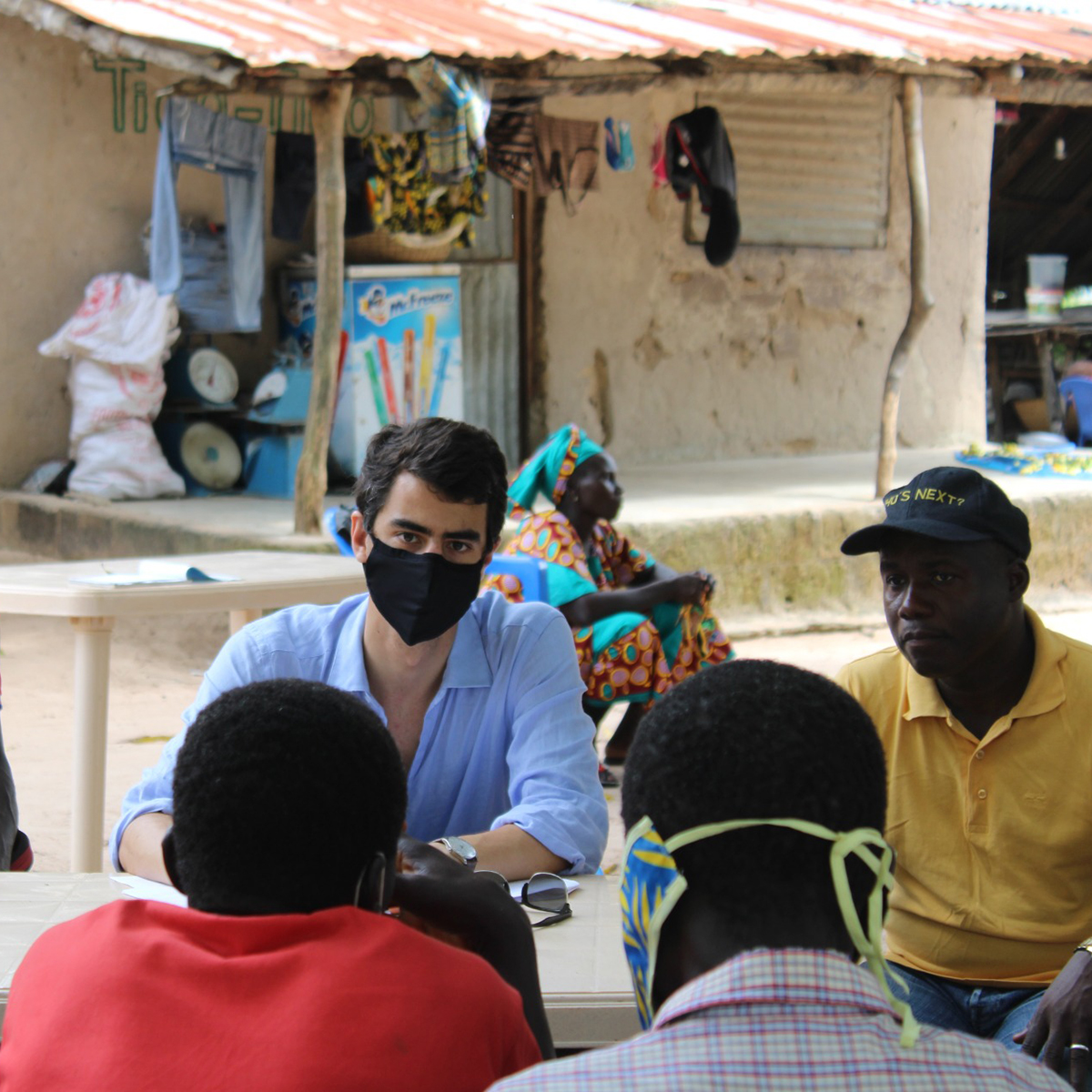
Have you continued to apply VOI since you finished your PhD?
I was already consulting for a large peace-building NGO called Search for Common Ground. I pitched them the VOI methodology which they liked and when they got a call for a proposal from the government of Canada they asked me to apply jointly. That has resulted in six pilot projects in Burkina Faso aimed at countering violent extremism.
In that case, it would be too difficult for me to go in person so I created a manual, trained the team and monitor their progress.
That’s how I’m scaling it: licensing the methodology and training other people to put it into practice. I’m also exploring the idea of setting up a social enterprise. The reason is very simple: I truly believe that VOI really works and is a cost-effective way of bringing people together quickly.
Where would you like to be in five years’ time?
I would want the VOI methodology to be the first port of call for organisations trying to improve social cohesion in areas affected by violence. I would like to see it being used by a wide range of reputable institutions, producing good results and being improved over time.
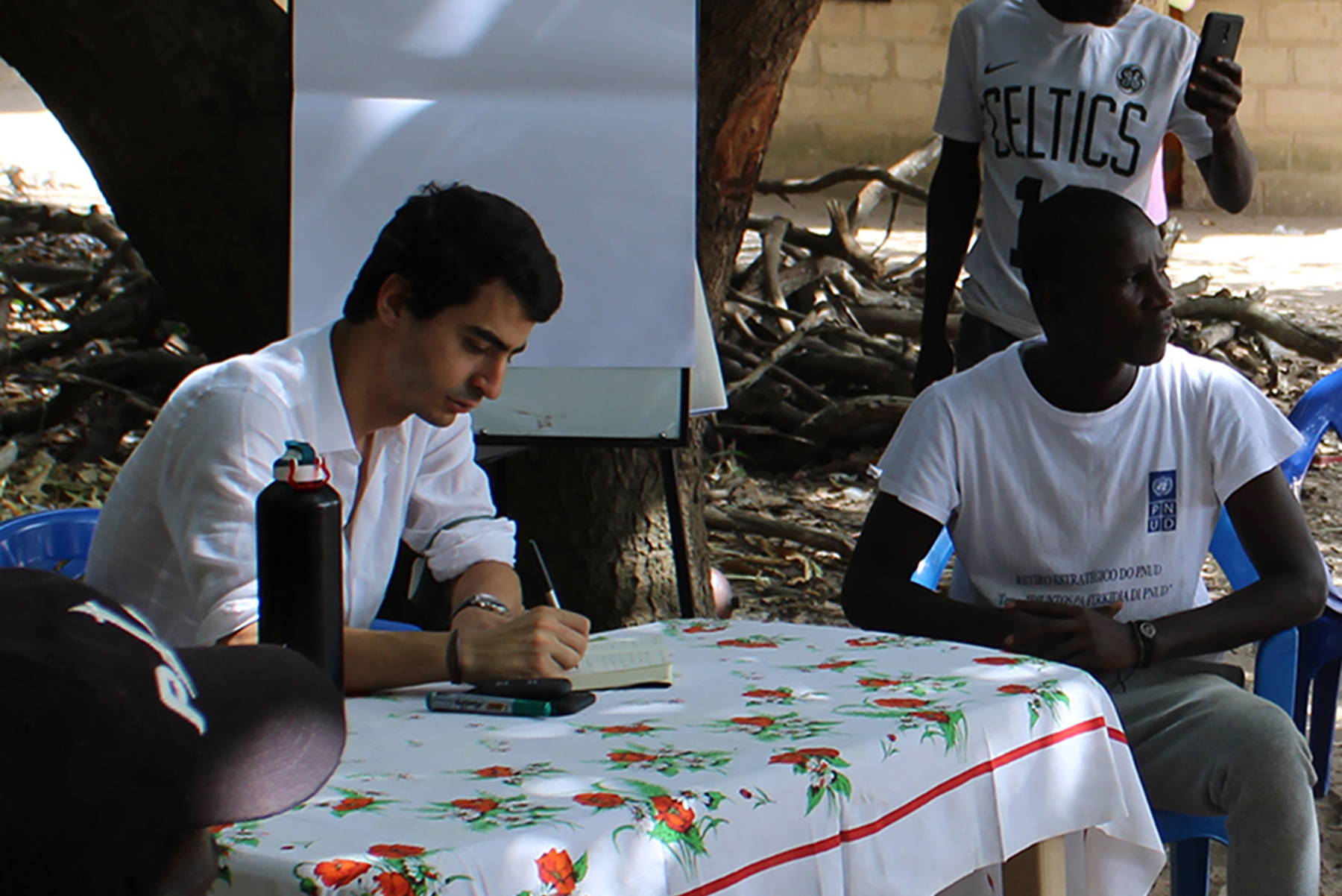
What are you most proud of?
Having a palpable impact on people’s lives. That is the most rewarding feeling. I became close to the communities in Guinea Bissau so it has been fantastic to see them take control of their situation.
I guess I’m also proud that people believed in me and helped me to put my idea into practice.
What about setbacks?
I spent a lot of time just hitting a wall, having lots of calls and meetings which didn’t go anywhere. And then there was the pandemic. But I had the resilience to see it across the finish line.
What do other people say is your greatest strength?
I think I have a good attitude, I don’t panic and I’m good with people.
Do you have a piece of advice for someone who wants to do something new and innovative?
Find people who want to do it with you. If you try and do it all on your own, it’s lonely. Plus you need to work with people who have the skills you lack.
What do you do in your spare time?
Lots of things: hang out with my friends and family. I like good wine and good chats. I’m really into jazz, classical music and techno which is a fun mix. I love football and go to as many matches as I can fit in. I also used to play poker semi-professionally, which sponsored a lot of my education.
Quick fire
Optimist or pessimist? Realist.
People or ideas? People with ideas.
On time or running late? On time.
The journey or the destination? A journey with a destination.
Team player or lone wolf? I like to work independently within a team.
Novelty or routine? Routine is an anchor which allows me to explore the chaos outside.
Risk taker or risk averse? Calculated risk taker.
Big picture or fine detail? That’s very hard to answer. I’m a detail-oriented person in the sense that I like to control things and understand processes. But if you’re focusing too much on the details, they can become detached from the real world.
Do you need to be lucky or make your own luck? You need to put yourself in places that help you get lucky but luck is an important part of everyone’s life.
This interview was originally published as part of the University of Cambridge Enterprising Minds series, authored by Sarah Fell and developed with the help of Bruno Cotta, Visiting Fellow & Honorary Ambassador at the Cambridge Judge Business School.
The text in this work is licensed under a Creative Commons Attribution 4.0 International License.
All photography: credit João Costa



